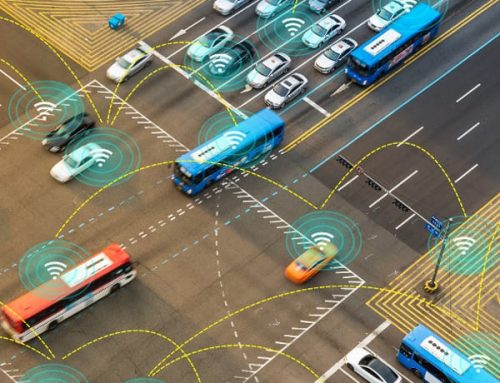I’ve established here how money is allocated to the Highway Trust Fund, but another important piece of the puzzle to explore is how this money is currently re-allocated back to the states.
Yes, there is a formula to allocate funds by state based upon a) gas tax revenues contributed, b) miles of highway and c) population, but — like the tax code — there are loopholes and exceptions.
First, it is important to know that HTF monies are not given away with zero commitment at the state level. For each project, there is a required state match (how the match is raised varies from state to state). Typically, the match for capital projects or purchases is 80/20, with 20% being the state obligation. Therefore, generally speaking, the 18.4¢ per gallon that each driver pays into the fund is matched at the state level by approximately 3.7¢.
Since 1983, 2.86 cents of each gallon’s tax is reserved for the Mass Transit account. With a 20% match by the state, this amount becomes to 3.43 cents per gallon. However, by law this is only to be used on capital expenditures…i.e., buying buses and other equipment. The match is actually 50/50 when it comes to transit operations.
So, buying buses and rolling stock is possible, but finding the money to put them to use is very difficult, and must be hobbled together from many sources. Unless a locality makes transit a priority, the lack of funding to operate the system keeps it small and, as a result, less convenient than jumping in the car.
(By now, you know where this is going, and it might get me flamed on these pages for being mode-biased. I will state here and now that I like and need my car; I just wish I had more choices available to suit my destinations and my schedule. I would surely excercise those choices!)
Meanwhile, when it comes to highway funding match, all states are not treated equally. States with a large amount of Federal land (which accounts for a lot of states west of the Mississippi), are awarded HTF money on a sliding scale. The sliding scale decreases the local match requirement for highway projects, but does not do the same for transit.
In Idaho, for example, the local match requirement for highway projects is only 7.34 %, but it is still 20% for transit capital, and 50% for transit operations, resulting in a built in bias toward roads. Why would a region chose to augment alternative modes of transportation when they can build roads at a fraction of the cost (to their own budget)?
Obviously, the HTF is in crisis; I am not suggesting that transit needs a bigger part of that pie…the 15.54 cents per gallon that funds roadway projects has to cover a lot of ground (see page 11 in the link). The solutions to our problems lie not only in the ways that we spend money on transportation projects, but also in the ways we raise that money. We will explore the latter issue in a forthcoming post.
Special Thanks to Contributing Writer and Editor, Donald Galligan, AICP, Transportation Planner and all around nice guy.





Leave A Comment